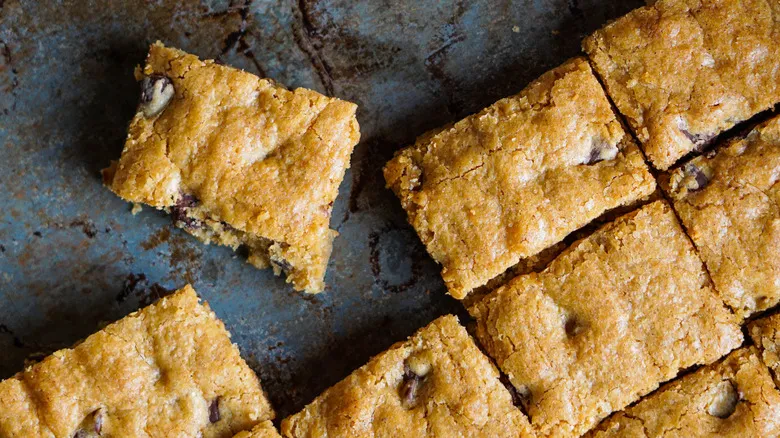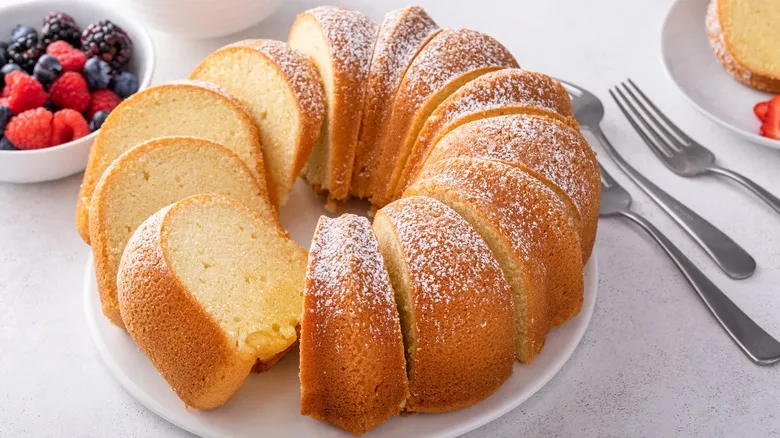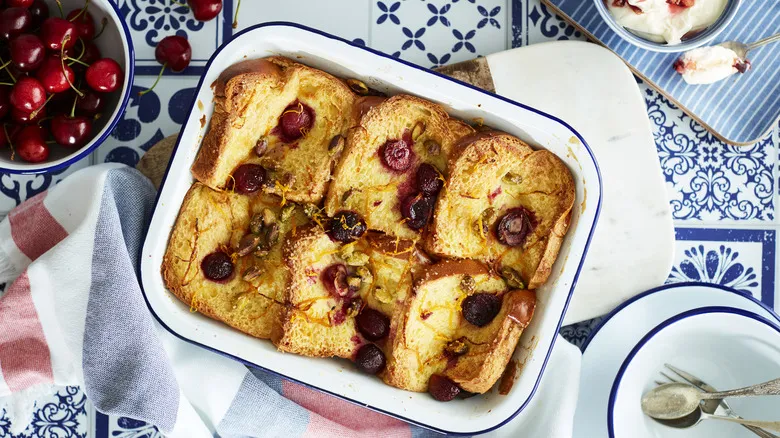What is a brownie and what's in it?

Let’s begin with a beloved classic: the brownie. Unlike blondies, brownies are defined by their rich chocolate content—often made with cocoa powder, chopped chocolate bars, or a combination of both. In the realm of baking, brownies stand out for their versatility; slight variations in cooking methods and ingredient measurements can lead to dramatically different appearances and flavors. For instance, using more cocoa powder or employing a double-baking technique (a tip from Alton Brown) results in incredibly fudgy brownies. Alternatively, substituting some butter with vegetable oil yields a chewier, cookie-like texture, while using all butter tends to produce a more cake-like result. Additionally, whisking all the wet ingredients together for about a minute before incorporating the dry ones can create that signature crackly top that brownies are known for.
With their rich, moist centers, brownies generally require a bit more baking time than blondies or other cookies. However, once they’re done, they serve as an excellent foundation for ice cream sundaes, drizzles of dulce de leche, or a dollop of whipped cream.
What is a blondie and what's in it?

If the only difference between blondies and brownies is the absence of chocolate, you might question the appeal of blondies. However, blondies possess unique qualities that earn them a spot on your dessert table. For starters, they boast a rich butterscotch flavor derived from brown sugar, vanilla extract, and often, browned butter. While brownie recipes typically use regular granulated sugar, the molasses in brown sugar infuses blondies with a deeper caramel essence. The combination of vanilla and browned butter enhances a nutty, toasted flavor that evokes fond memories of freshly baked cookies.
Additionally, while brownie recipes may include (sometimes contentious) chopped walnuts or a few chocolate chips, blondie recipes are quite versatile and can accommodate a wide range of mix-ins. You can certainly add back your favorite chopped chocolate, but feel free to get creative with ingredients like rhubarb and white chocolate or dried cranberries and pistachios. The possibilities for blondies are truly limitless. Plus, their more cookie-like texture means they typically bake in half the time of brownies.
If you're undecided about which to make, consider trying a brookie. As food writers often note, brookies offer the best of both worlds. They are a simple way to elevate boxed brownies by layering brownie batter with spoonfuls of cookie dough. For a truly indulgent treat, try combining brownie batter with blondie batter for a delightful, multi-layered dessert.
Recommended

The Simplest Way To Blind Bake A Pie Crust, For The Uninitiated

Jacques Pépin's Upgrade On Pound Cake Couldn't Be Simpler

Why You Need A Full Day To Make Great Bread Pudding

Your Cakes Deserve A Boozy Frosting Upgrade
Next up

